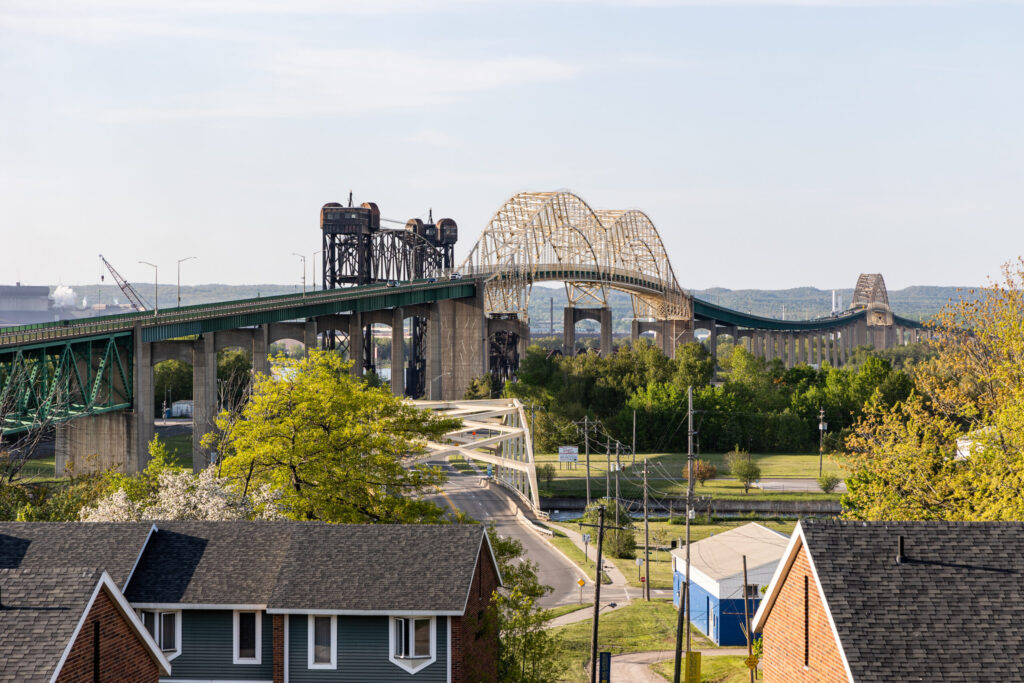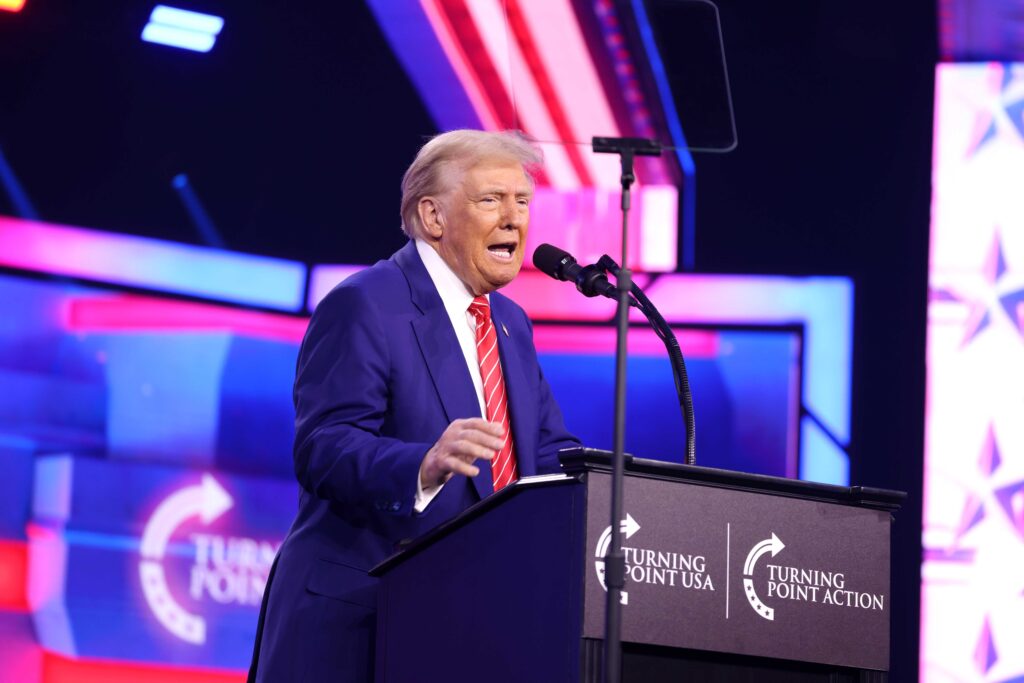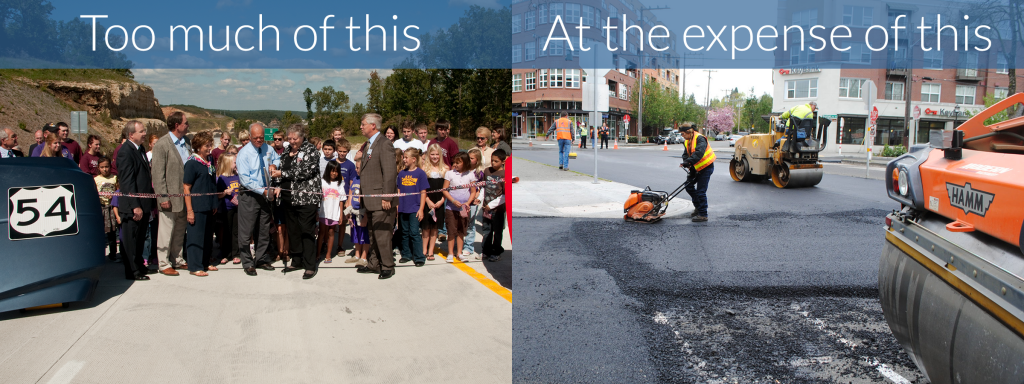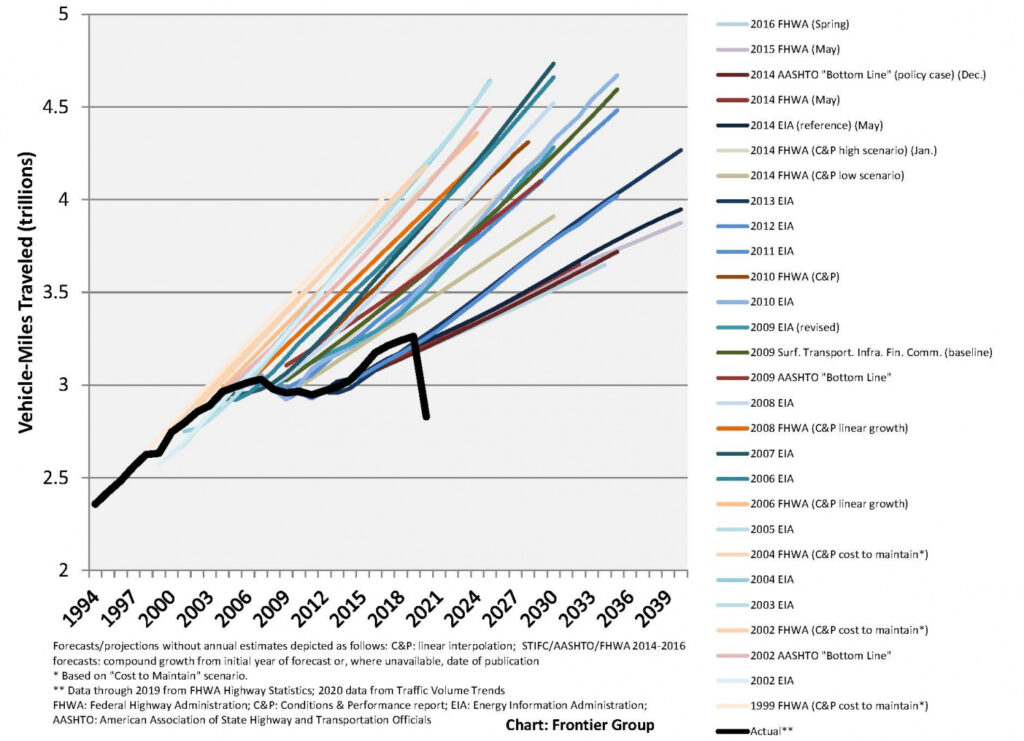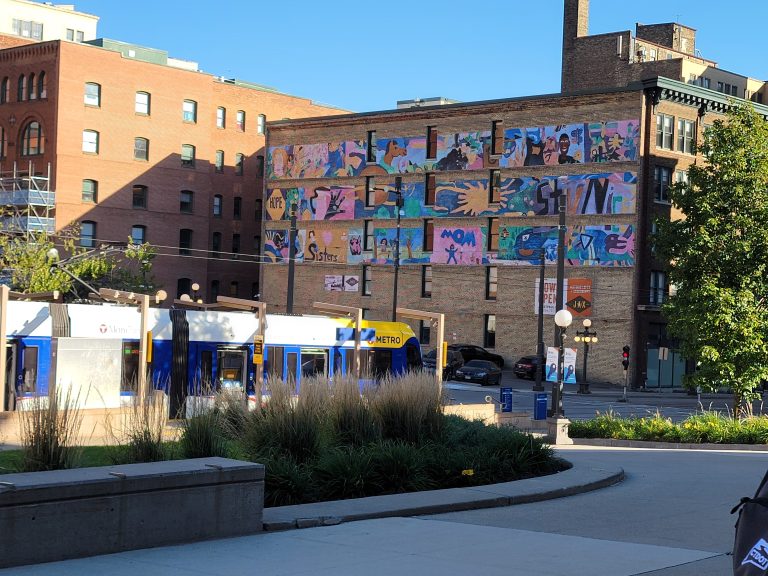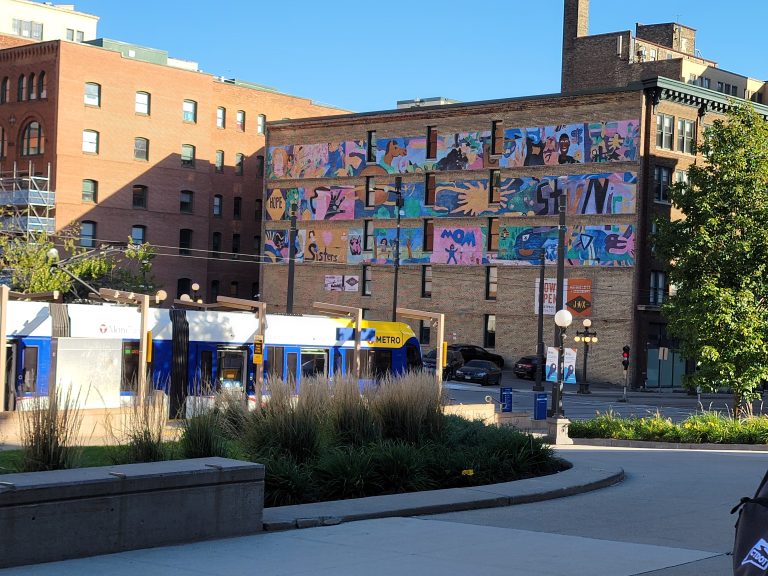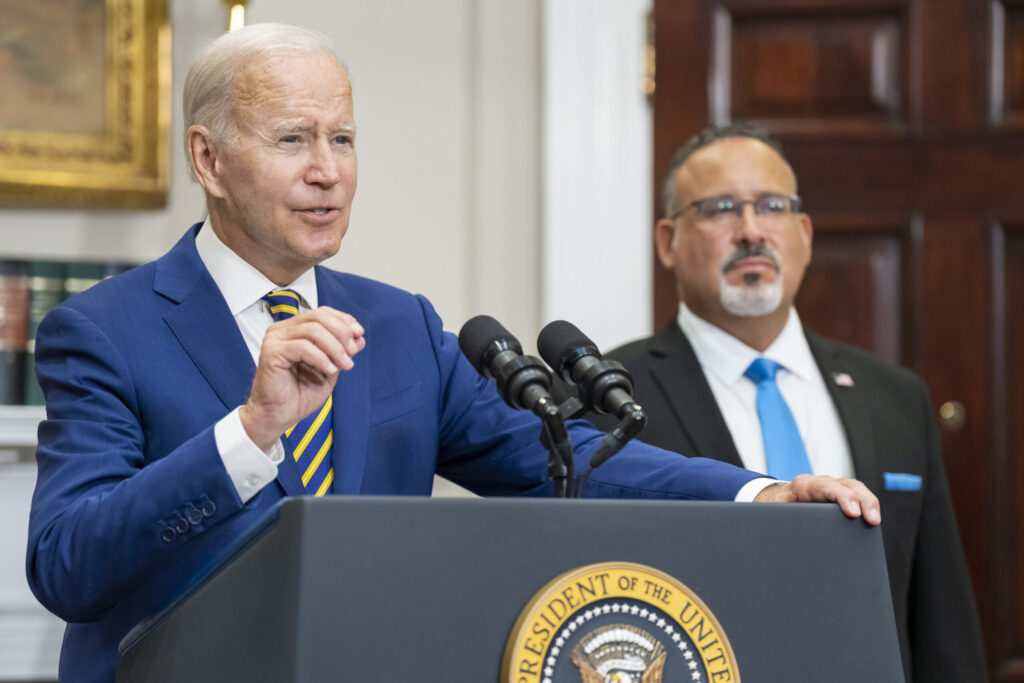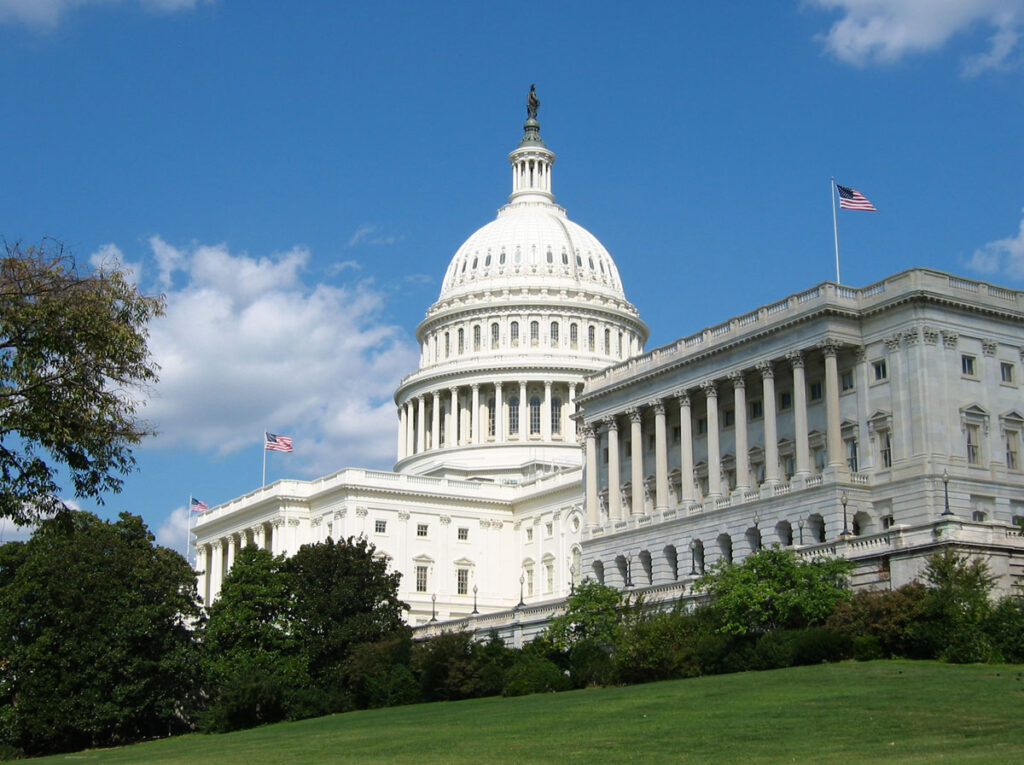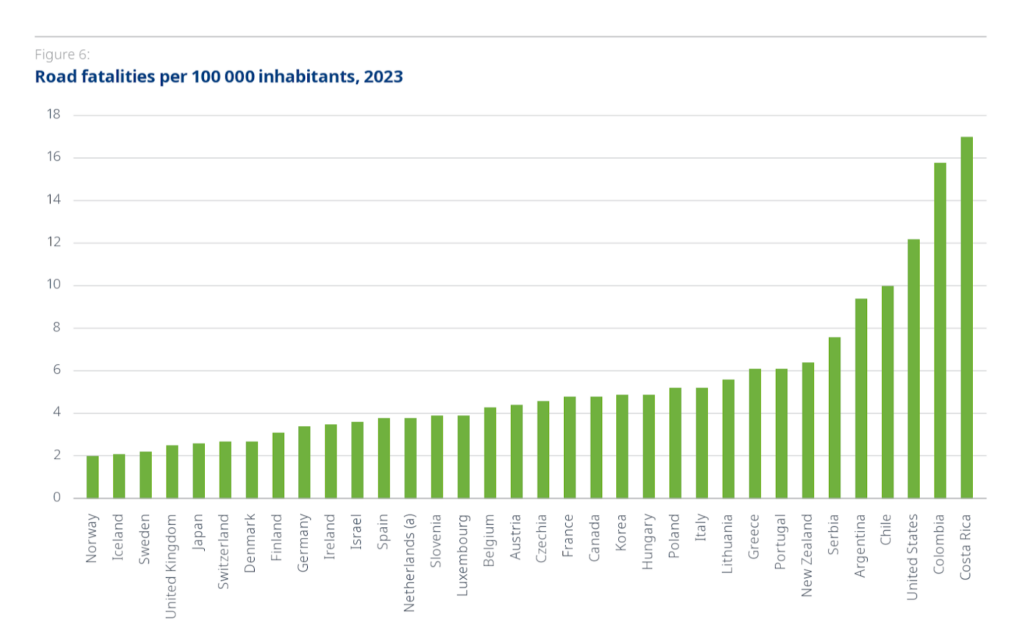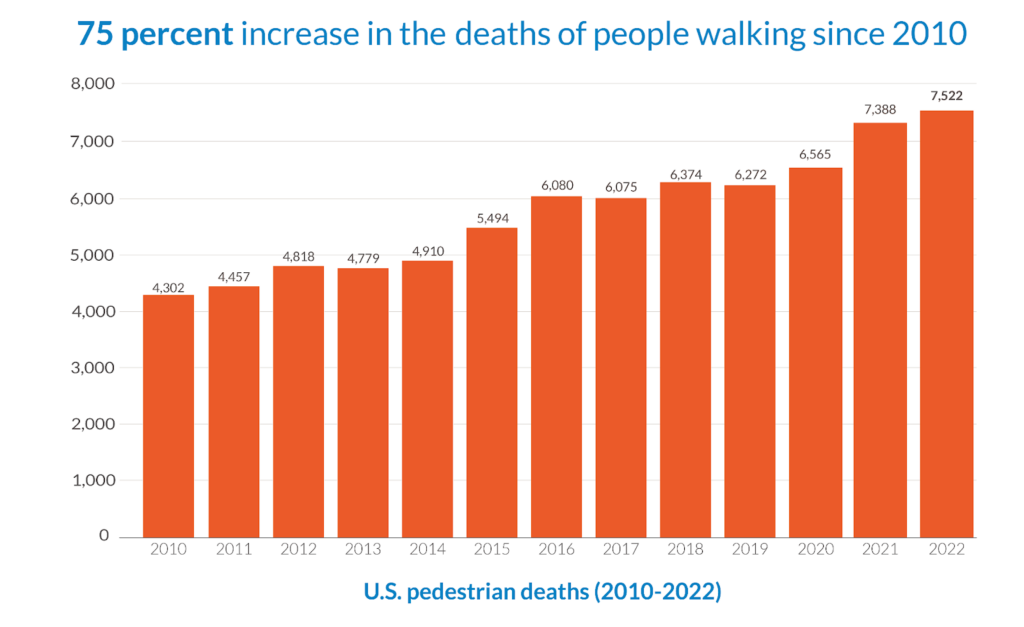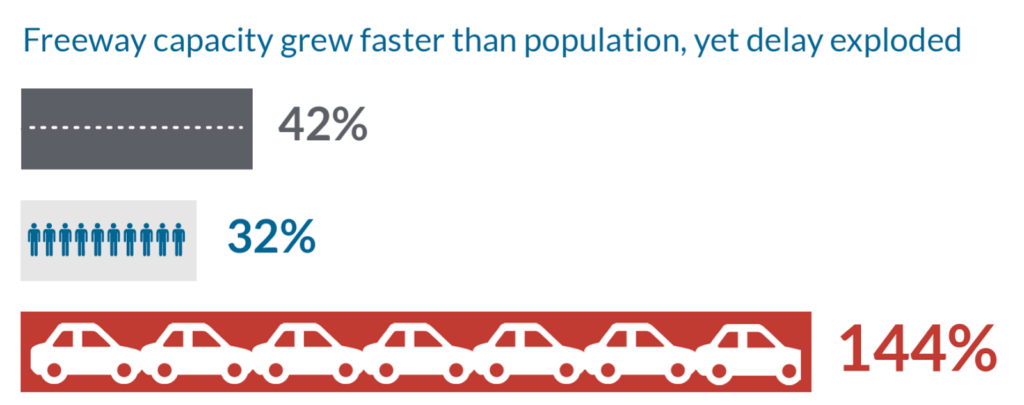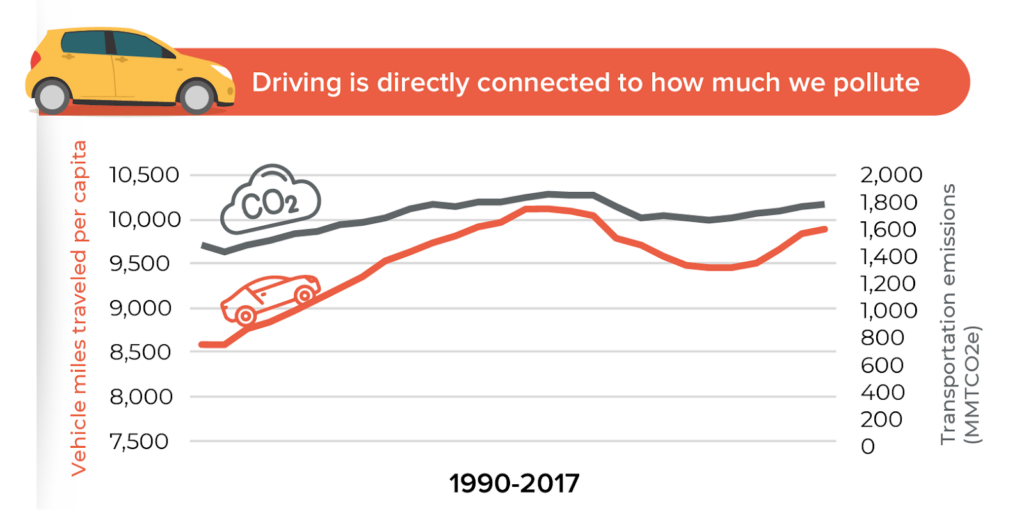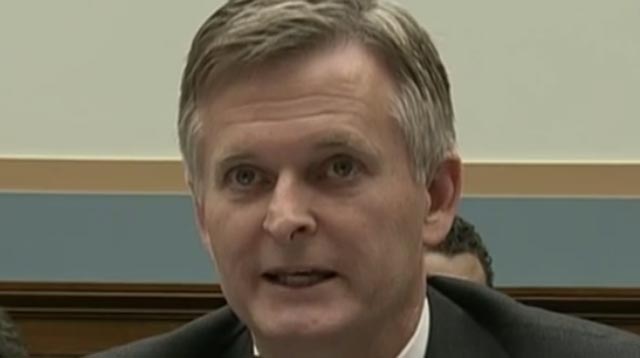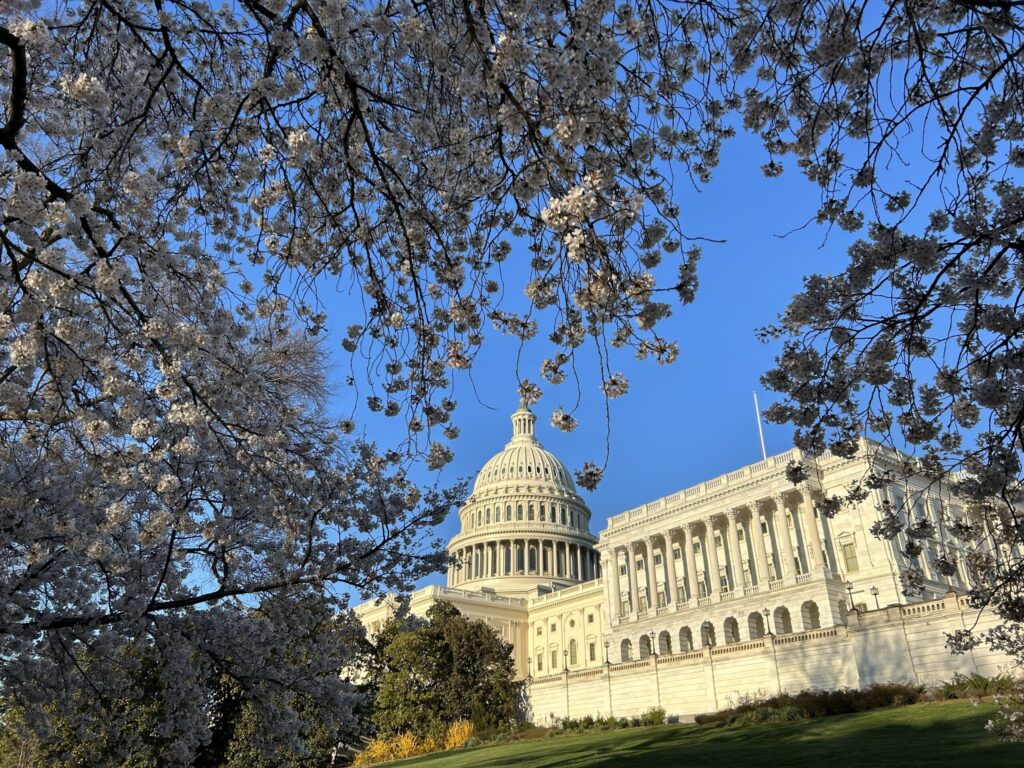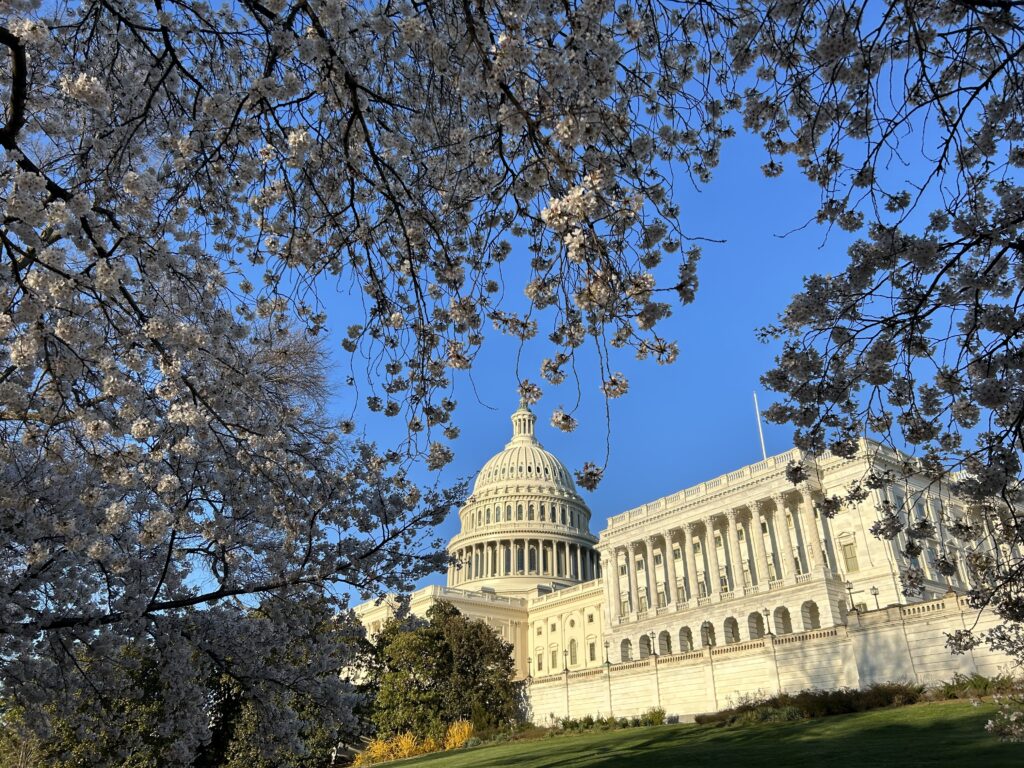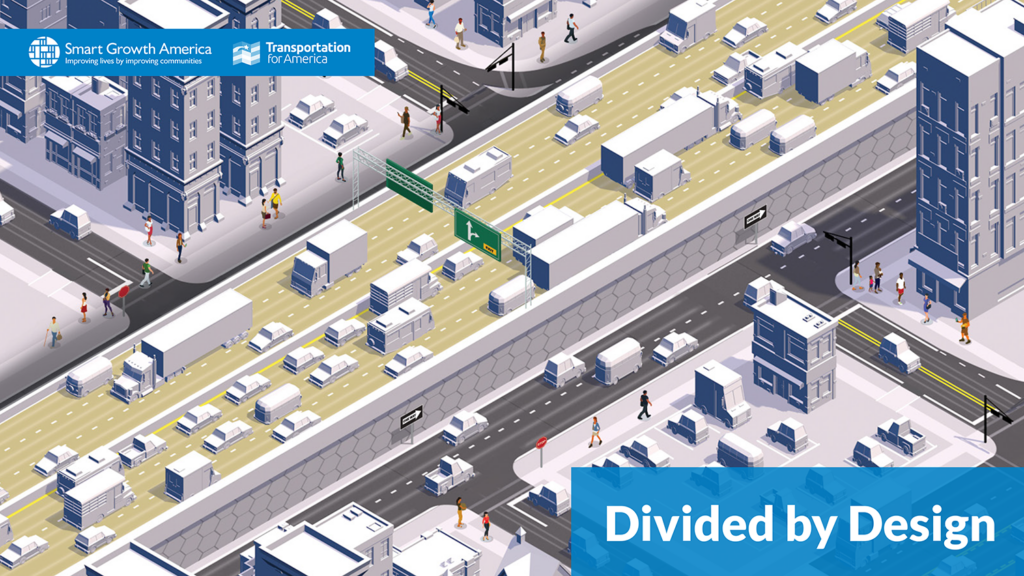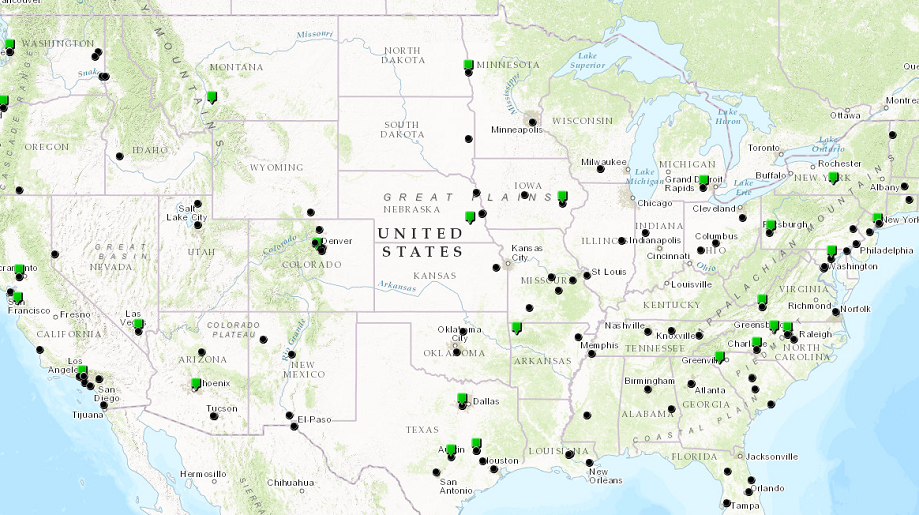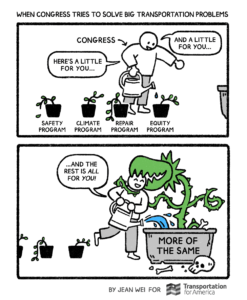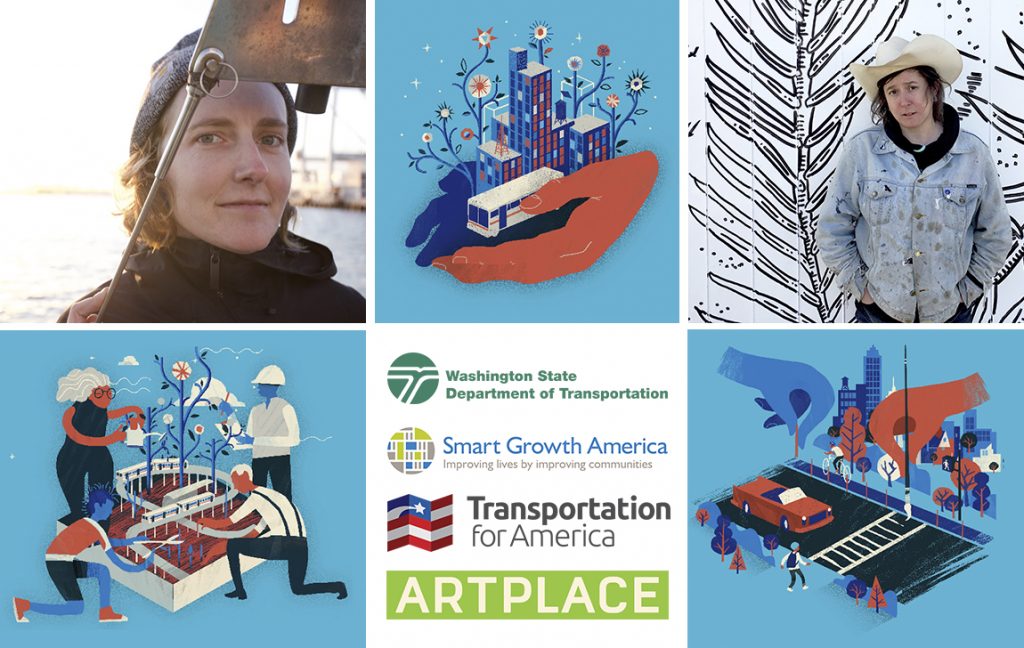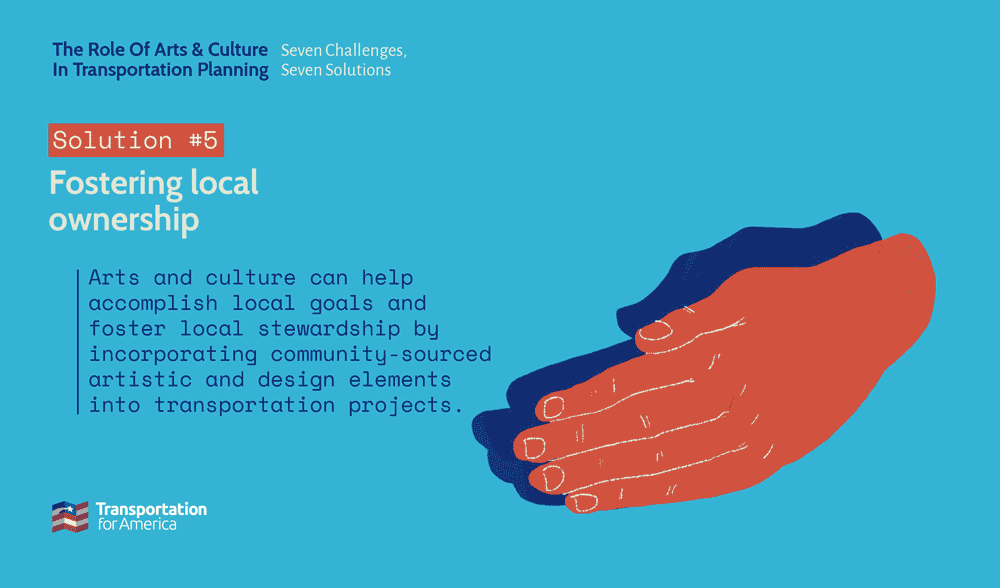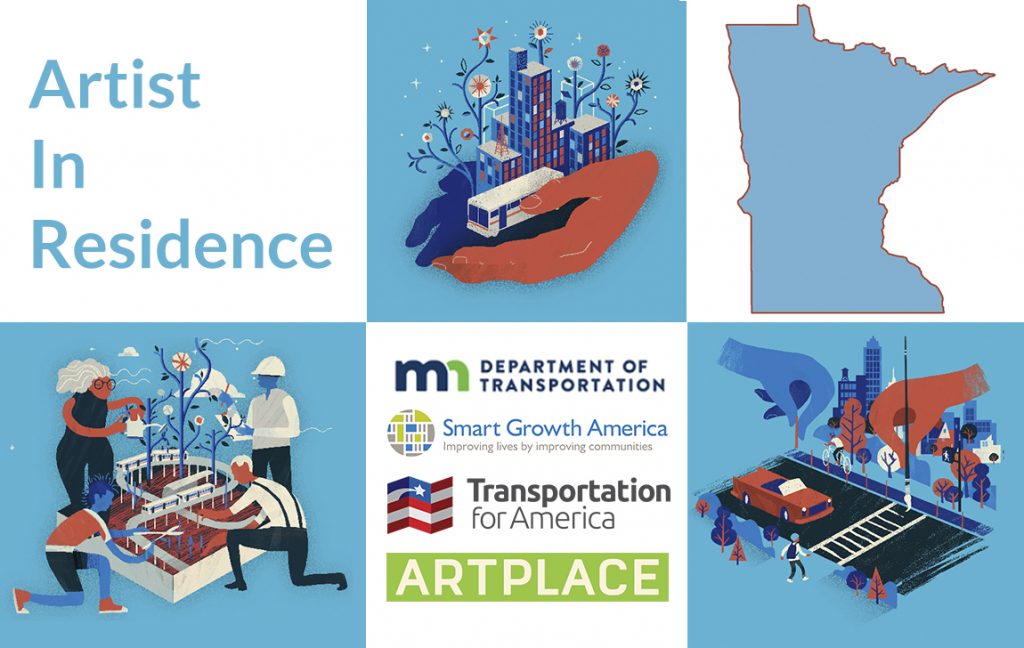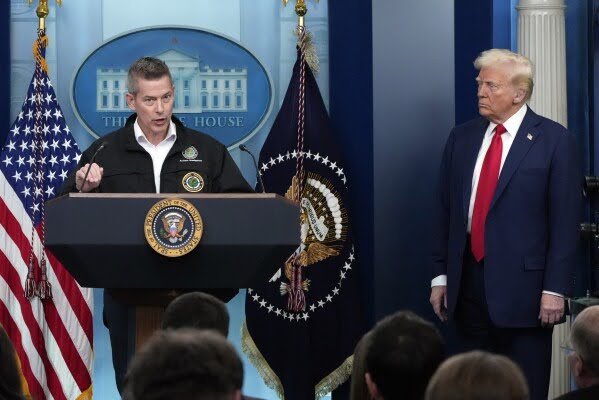
President Trump started his administration talking about improving the state of our nation’s infrastructure and delivering it quickly and streamlined. After 100 days in office, Trump’s actions on transportation can best be summarized as chaotic, evasive, combative, and inefficient.
With the start of any new administration, there is bound to be a resetting of priorities, reshuffling staff, and recalibrating of expectations. Some of the themes for the incoming Trump administration’s transportation priorities were articulated during USDOT Secretary Duffy’s confirmation hearing. Those priorities aligned well with key transportation to-dos that we have identified recently for the Trump administration. However, the administration’s handling of transportation in the last 100 days will only exacerbate and accelerate the federal transportation program’s failures over the past three plus decades.
Chaotic
Within the first few weeks of the administration, Trump signed off on a flurry of executive orders, most notably the Unleashing American Energy order on January 20th. Targeting top priorities of the past administration, the order and subsequent implementation guidance (and repeal and issuance and repeal again) created confusion and resulted in a funding freeze on all federal transportation funding. The confusion only deepened with newly minted USDOT Secretary Duffy issuing various memos that extended the funding freeze to allow for project by project review, inclusive of those projects awarded. It was articulated that obligated projects underway would not be impacted, but communities across the country seeking federal reimbursement report delays and ongoing barriers to accessing grant funds. Even a federal judge ruled Tuesday that the administration must unfreeze funds due to federal overreach. Also within the Duffy memos was a change in scoring criteria for competitive grants that included things like areas with higher marriage and birth rates, areas with no vaccine or mask mandate, utilization of user-pay models. Those criteria are so vague, plus the administration’s messaging is mismatching the memos (i.e. congestion pricing in NYC versus supporting user pay models; bikes are healthy but keep them off our roads).
Evasive
At an April 2nd Senate Environment and Public Works hearing, Secretary Duffy was pressed by the committee on why the funding freeze remains in place—and why key Infrastructure Law programs are being stripped—despite the harm it’s causing to communities across the United States. Duffy defensively replied “I’m actually complying with the will of the Congress,” when he was clearly doing the opposite. Sadly, we’ve seen this type of action in the last Trump administration, where Congressional mandates and funding the administration does not like is slow-walked and moth balled while still saying they are complying with Congress. It is happening now with USDOT going after the National EV Infrastructure program and the Reconnecting Communities program as well as smaller programs like the IIJA authorized Access Pilot Program, which has disappeared. USDOT claimed in its freeze review that it is not opening up obligated projects, yet they are not reimbursing grant recipients and are telling them to amend their projects or face cancellation. Also, key reports and data points have started to be heavily altered or disappear from public access on the USDOT website, especially if it intersected with key terms that would violate Duffy’s Woke Recission memo.
Combative
Safety was the driving point Secretary Duffy articulated repeatedly and passionately during his confirmation hearing. And in his most recent Congressional appearance, he walked away from that commitment while claiming to comply with Congressional mandates. Actions, however, speak louder than words. In early March, Duffy went after transit agencies, specifically targeting New York’s MTA and Washington’s WMATA systems in March. In those letters, Duffy demanded those agencies improve transit safety or lose federal funding, singling out Chicago’s CTA as next on his list. Duffy and other Congressional leaders have sadly continued to conflate safety issues (related to transit operations) with security issues that are within the jurisdiction of local law enforcement and social services. In the midst of targeting transit, In a leaked memo, Duffy also went after biking and electric vehicles, directing USDOT to strip away any funding from projects and project elements focused on biking and EV infrastructure (in addition to equity and climate change). That leaked memo’s impact is starting to be seen in recent funding notices such as BUILD and SS4A and related safety language coming out of USDOT revolving around outdated, not-so-safe ideas (bikes don’t belong on roads, disallowing road diets, etc). On the other hand, SS4A funds are being made available and the notice seems mostly in line with the law.
Inefficient
The Trump administration has boasted through their Department of Government Efficiency that they are yielding savings and cutting away onerous processes to make government more efficient and responsive. Reality couldn’t be further from this assertion. In various rounds since February, the Trump administration has effectuated voluntary and mandatory reductions in force, including at USDOT. Probationary workers were terminated with little notice and seasoned employees were compelled to take a buy-out offer or face limited recourse during Reduction in Force (RIF) announcements. Such staffing actions are having a significant impact on USDOT operations, from research, grant and program administration and oversight, to effectuating rules/guidance/data to guide funding recipients. Just look at NHTSA and its management of its Fatality Analysis Reporting System (FARS):In an early April memo, NHTSA announced its plans to finalize 2023 data in 2026 (while making available a full preliminary 2024 data set). That’s 24+ months after the end of 2023 (compared to a decade ago when data was finalized 9-11 months after the close of the data reporting year). It takes time to review, analyze, process, and publish FARS data (or any dataset for that matter), but reduction in staff will aggressively slow down and stall such processes that only cloud our decision makers from vital trends and patterns of our transportation system.
Another example of chaos meets inefficiency was a DOT directive to require all State/Metropolitan Transportation Improvement Plan amendments be additionally reviewed by DOT headquarters. On any given month across the 52 state DOTs and 450 metropolitan planning organizations, there are well over 3,000 amendments that are historically processed by FHWA division and FTA regional offices. Sending all amendments to DOT HQ would have meant slowing down transportation funding obligations and paralyzing the nation’s transportation program (further and still exacerbated by the reduction in force at division/regional offices and DOT HQ).
What’s next?
Looking ahead in the coming weeks, the impacts of the recent tariffs (and recissions and reapplications of tariffs) will start to be known, exacerbating the trends of the first 100 days of the Trump administration when it comes to transportation. Also, the impacts of the reduction in staffing at USDOT will start to become evident in grant obligations and oversight. These emerging issues will exacerbate a scarcity mindset in transportation under the backdrop of an upcoming surface transportation reauthorization process. These trends and patterns may adversely tint Congressional discussions that only perpetuates a failing transportation program, stifle gains in investing in the rest of our transportation system, harm more people as auto oriented policies and investments are entrenched, and the state of repair of our transportation system will continue to suffer from weakened oversight.
All is not lost, and it will be important to engage your Congressional delegation early and often regarding the misaligned administration actions and reinforce its legislative oversight to correct these worrying trends.




